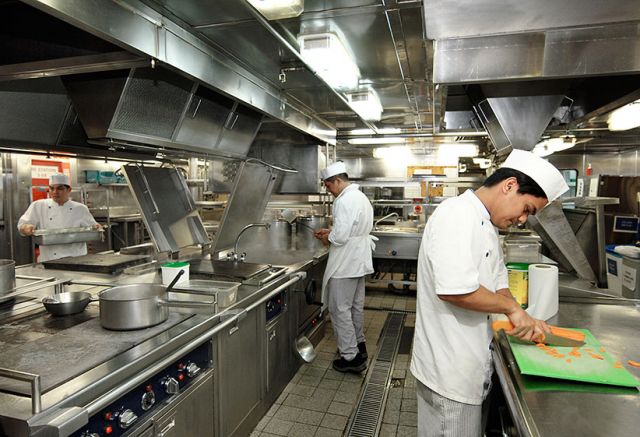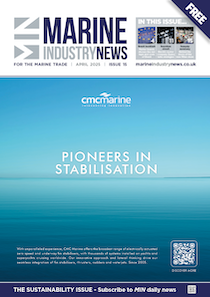Vanishing food waste flouts maritime and national law

Waste disposal on some vessels contravenes both maritime and national biosecurity legislation by allowing food waste into grey water systems. From there, food waste that is meant to be separated and carefully disposed of disappears when ships discharge sewage and grey water.
The result is that the local community and environment are exposed to potential biohazards, ship owners to legal prosecution, and maritime authorities to charges of weak compliance and enforcement.
The contrast between the aviation industry and the marine industry can be startling, according to Wei Chen writing in the Maritime Executive. It is evident that the global aviation industry follows the rules by the book (and possibly through gritted teeth). One airport even built its own incinerator to dispose of food waste responsibly. While one industry builds waste incinerators, the other fits food waste grinders instead.
The fact that non-compliant waste disposal systems are being approved by maritime authorities and their recognised organisations (including class societies) should cause grave concern. A legal system would be deemed a failure if a prisoner could simply run away. In this case, the prisoner can even stop and say hello as he walks past the guard.
The COVID-19 pandemic highlights that biosecurity has never been more important. Although the coronavirus is not passed through food waste, one does not have to look back too far to find examples of diseases that can be transmitted through food. Last year, for example, an outbreak of African swine flu put pig populations in Asian countries at risk.
Food waste can spread plant pests, as well as livestock and poultry diseases such as swine fever, rabies, foot and mouth disease or avian flu. Some countries have strict biosecurity regulations falling under the jurisdiction of the national agricultural authorities, while others have ad-hoc measures, says Maritime Executive.
Annex V of IMO’s MARPOL Convention permits three routes for a ship’s food waste: to the sea (beyond three or 12 nautical miles from the nearest land); to an onboard incinerator; and to port reception facilities. The actual disposal route must be recorded in a Garbage Record Book.
However, the convention itself never makes any reference to biosecurity. Some requirements related to biosecurity risks exist only in Guideline MEPC.295(71), which states in section 2.9.2 that food waste should be directed into an appropriately constructed holding tank when discharge is prohibited. It also states that food waste carrying a risk of diseases or pests should be kept separately and stored in clearly marked and tightly covered containers, and preferably retained for discharge at port reception facilities in accordance with the laws of the receiving country.
On many ships, food waste and its derivatives are sent, in whole or in part, to the grey water system, where it vanishes without a trace. Such practices have been documented in various reports, sometimes commissioned by the maritime authorities. The technical standards of some classification societies permit food waste to be sent to sewage treatment plant instead of a food waste food holding tank as stipulated in section 2.9.2 of MEPC.259. Such standards create further non-conformity because sewage treatment plant is not one of the three permitted routes in the Garbage Record Book, which is completed and signed by the ship’s Master.
Food waste gets ashore in disguise, escaping the “approved facilities” intended by the local biosecurity rules. From there it can end up on the agricultural land, carrying biosecurity risks with it.
Let us hope that maritime and agricultural authorities interpret and enforce their biosecurity rules consistently. Until then, it will be business as usual for improper practices to spread on ships – both by design and by approval.
Read the full article in Maritime Executive.












